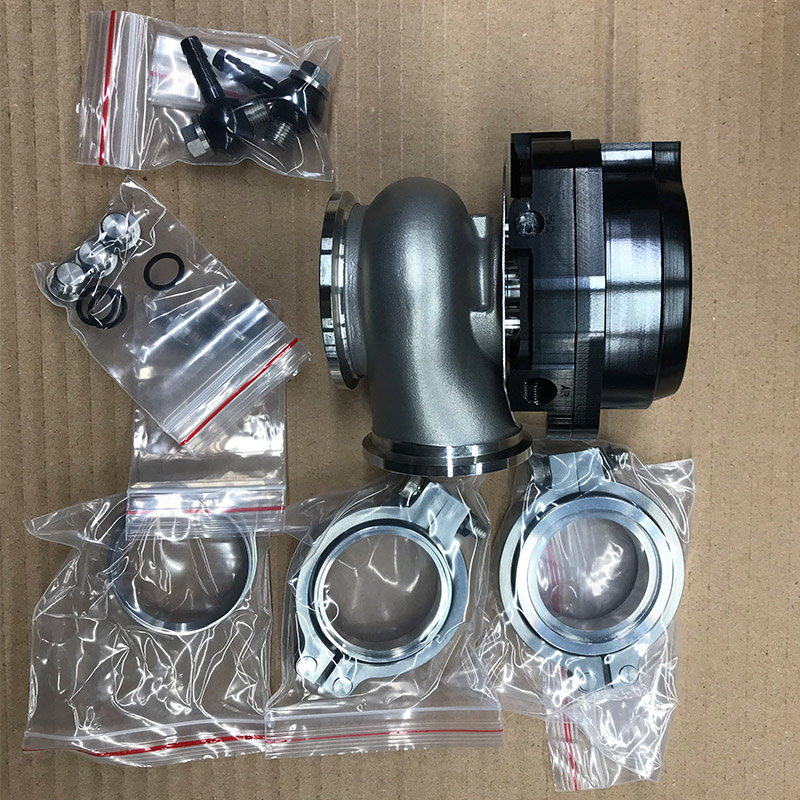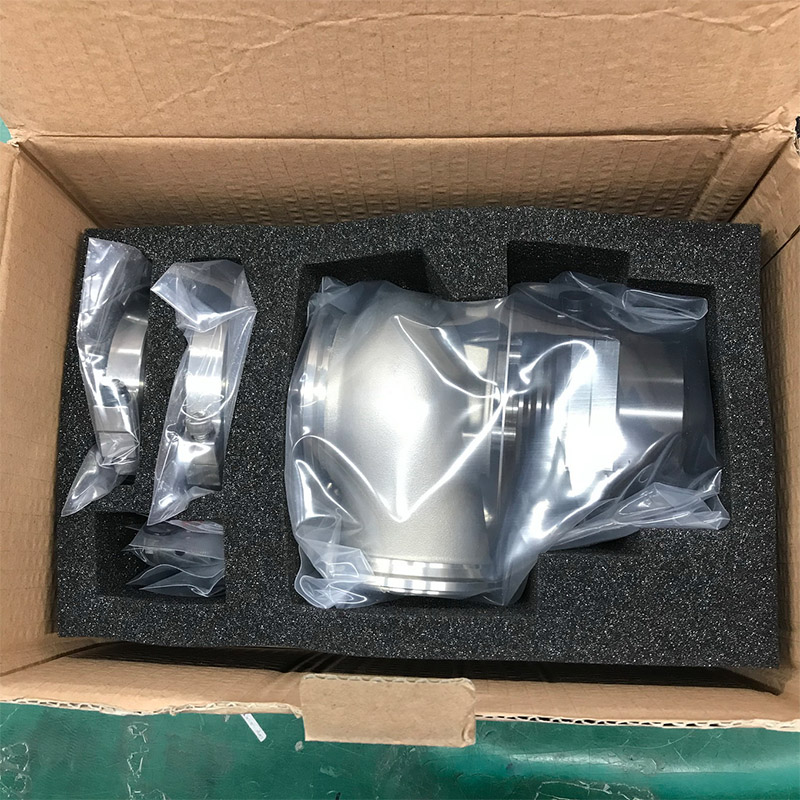How dose an external wastegate work?
What is an external wastegate?
The external wastegate is the device that controls the boost. They restrict exhaust gas flow through the turbocharger. Therefore, the maximum boost pressure produced by the turbocharger itself is controlled. External wastegates include:
1. Ingress and egress ports.
2. A valve and a pressure actuator.

How do external wastegates work?
Boost pressure controls the pressure actuator and determines whether the wastegate is open or closed. The wastegate is closed in the rest position. Furthermore, when boost pressure is built up, a force is applied to the actuator. When the boost pressure exceeds the spring value. The actuator gradually opens the wastegate. So it will bypass some of the exhaust gas while keeping boost pressure at the set level. Quite simply, the wastegate prevents boost pressure from rising. This is important as it can cause engine damage.

When do you need an external wastegate?
Most factory turbo systems have an external wastegate designed to handle stock build-up levels. When Should You Invest in External Wastegates? Here is a list of reasons why you do this:
Install an aftermarket turbo.
Better control over boost.
Hence the power output of your engine.
Most large frame turbos are not equipped with an internal wastegate system, and engines producing more than 400 horsepower should be upgraded to external wastegates. From the factory, the internal wastegate actuator spring can be overwhelmed by significant boost, limiting the maximum boost level that can be achieved.


